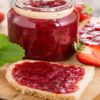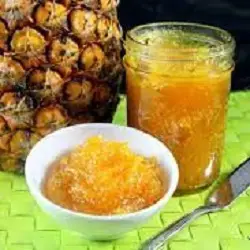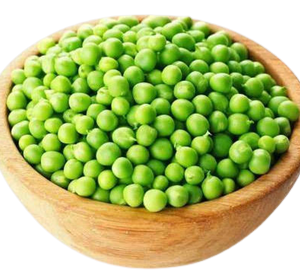Food Preserves is the preparation of fruits whose main preserving agent is sugar and sometimes acid. It is often stored in glass jars and used as a condiment or spread.
Jam refers to a product made of whole fruit cut into pieces or crushed, and then heated with water and sugar until it reaches “jelling” or “setting” point. This is achieved through the action of natural or added pectin. Jam makers should then seal the product in containers. 
USES:
Fruit Jam is used in many food preparations and recipes; some examples include:
- Spread on toast
- Part of a peanut butter and jelly sandwich
- The key ingredient for a jam sandwich
- Used to fill sandwich biscuits
- Used to sandwich two or more layers of a cake together
PRODUCTION:
One should boil mashed or chopped fruit or vegetable pulp with sugar and water so as to produce Fruit Jam. The proportion of sugar and fruit varies according to the type of fruit and its ripeness. When the mixture reaches a temperature of 104 °C (219 °F), the acid and the pectin in the fruit react with the sugar, and the jam will set on cooling.
There are two methods to produce commercially produced jam. The first is the open pan method, which is essentially a larger scale version of the method a home jam maker would use. This gives a traditional flavor, with some caramelization of the sugars. The second commercial process involves the use of a vacuum vessel, where we place the jam under a vacuum. This has the effect of reducing its boiling temperature to anywhere between 65 and 80 °C depending on the recipe and the end result desired. As a result, this enables the water to drive off as it would be when using the traditional open pan method. However, once the desired amount of water drives off, we should heat the jam briefly to 95 to 100 °C (203 to 212 °F) for safety, in order to kill pathogens that would otherwise proliferate.








Reviews
There are no reviews yet.